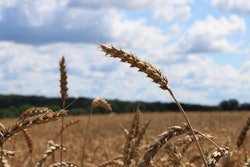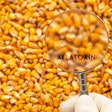
As areas of the southern U.S. recover from Hurricanes Harvey and Irma, crop farmers may have questions about what they can do with their crops that have been affected by floodwaters. The U.S. Food and Drug Administration (FDA) recently posted questions and answers about crops harvested from flooded fields intended for animal food.
In general, FDA said, crops harvested from fields affected by floodwaters are unacceptable for use in animal feed because of contamination.
“Floodwaters from storms often contain sewage, pathogenic organisms, pesticides, chemical wastes, or other toxic substances. Mold growth is another serious concern for flood impacted crops intended for use in animal food. Some molds produce mycotoxins, which are toxic to certain animals and people. People who eat food products from animals that ate the mold may also suffer health effects,” FDA said.
To determine whether crops harvested from flooded fields can be salvaged for animal feed, they must, at a minimum, be tested for mold, bacteria, chemicals and heavy metals contamination.
FDA said specific testing should include mycotoxins; heavy metals, specifically cadmium, mercury, and lead; certain pathogenic bacteria and their toxins, especially Salmonella, E. coli 0157:H7, and Clostridium perfringens and botulinum; and chemicals, such as pesticides, with particular emphasis on organophosphate and chlorinated hydrocarbon pesticides.
“The FDA will work with producers to consider requests to recondition an adulterated crop into animal food on a case-by-case basis,” FDA said, adding that requests should be directed to the closest field office.
FDA's compliance guide (CPG675.200) provides step-by-step instructions on the diversion of adulterated food to acceptable animal feed use.

















